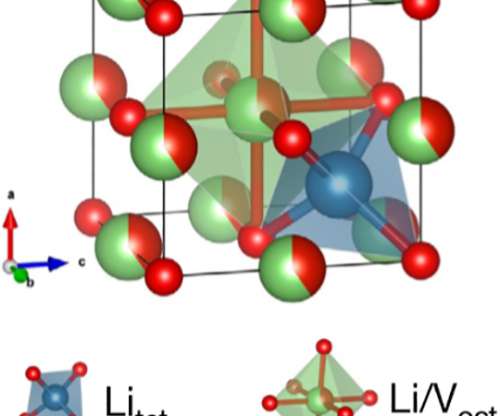UCSD team develops new disordered rock salt anode for fast-charging, safer lithium-ion batteries
Green Car Congress
SEPTEMBER 2, 2020
Researchers at UC San Diego, with their colleagues at other institutions, have developed a new anode material that enables lithium-ion batteries to be safely recharged within minutes for thousands of cycles. volts versus a Li/Li + reference electrode. other intercalation anode candidates (Li 3 VO 4 and LiV 0.5














Let's personalize your content